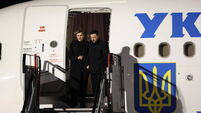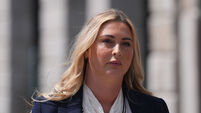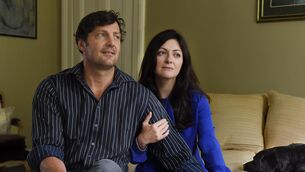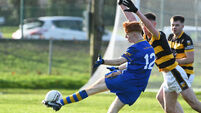Reilly: Scale of illegal adoptions is unknown
Largely Church-run, the 42 homes closed in 1972 when the Health Act was enacted.
In a response to a parliamentary question by Socialist Party TD Clare Daly, Health Minister James Reilly said the scale of illegal birth registrations and illegal adoptions facilitated by mother-and-baby homes was “unknown”.













